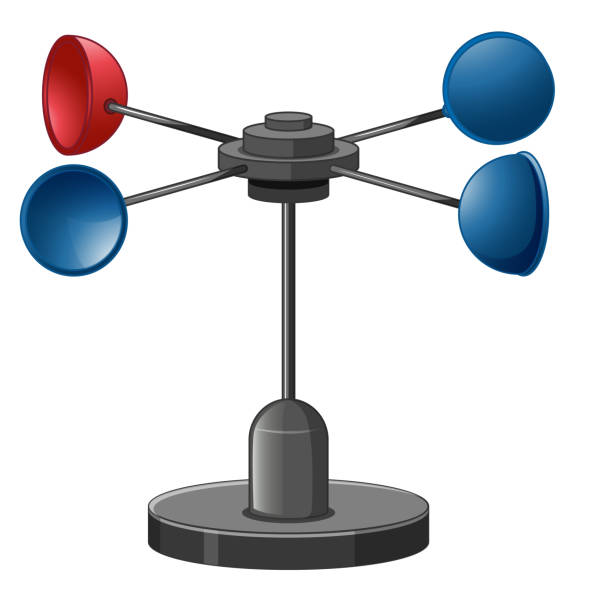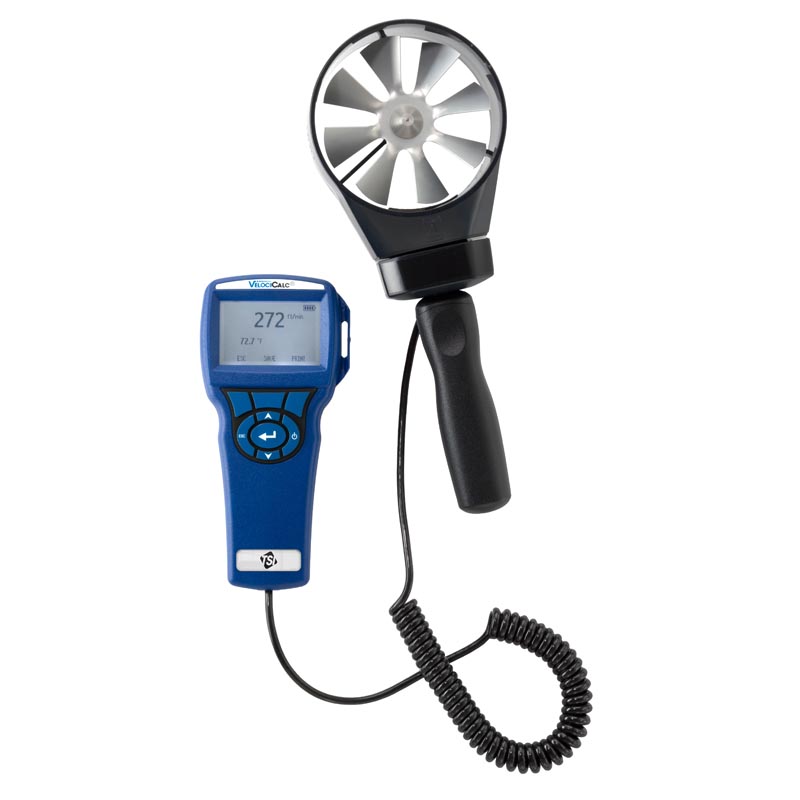Comparing Digital and Mechanical Anemometers: Which is Right for You?
Exploring the Functions and Benefits of Anemometers for Weather Lovers and Specialists
From mug anemometers to sonic anemometers, each type brings its distinct set of applications and benefits, dropping light on numerous elements of atmospheric problems. As we delve into the functions and benefits of anemometers, a deeper understanding arises not just of dominating weather condition phenomena however additionally of the wider implications for sectors like wind energy manufacturing and ecological study.
Relevance of Anemometers in Weather Condition Tracking
Anemometers play an essential function in climate surveillance by providing precise measurements of wind speed, helping in projecting and understanding climate patterns. These instruments, ranging from conventional mug anemometers to modern ultrasonic anemometers, are vital for meteorologists, scientists, and climate fanatics alike.

Types of Anemometers and Their Applications
With the vital function anemometers play in climate monitoring and forecasting, understanding the various kinds of these tools and their applications comes to be important for experts and enthusiasts in the field. One of the most typical types of anemometers include mug anemometers, vane anemometers, hot-wire anemometers, and ultrasonic anemometers. Mug anemometers are composed of three or four mugs installed on horizontal arms that rotate with the wind, gauging its rate. Vane anemometers, on the various other hand, use a freely revolving vane to line up with the wind direction, giving both wind rate and direction measurements. Hot-wire anemometers run based on the principle of convective heat transfer, where the cooling result of the air flow is measured to determine wind rate. Ultrasonic anemometers utilize ultrasonic sound waves to compute wind speed and direction properly.
Mug anemometers are robust and appropriate for general weather tracking, while vane anemometers are preferred for directional dimensions. Ultrasonic anemometers are non-intrusive and offer high precision, commonly utilized in study and specialized climate monitoring applications.
Advantages of Utilizing Anemometers in Projecting
In weather forecasting, the utilization of anemometers provides indispensable advantages for improving the accuracy of weather forecasting. Anemometers gauge wind rate and instructions, supplying critical information for anticipating weather condition patterns. By integrating wind data into projecting versions, meteorologists can much better comprehend the movement of weather systems, prepare for modifications in climatic conditions, and issue extra specific projections.
Additionally, anemometers play an important role in assessing possible weather condition risks. Keeping an eye on wind speeds helps forecasters forecast serious weather occasions such as storms, twisters, and winter season storms with higher accuracy. This early warning system enables authorities to release timely signals and carry out required precaution, minimizing the risks to life Visit This Link and residential property.
Additionally, anemometers help in maximizing eco-friendly power manufacturing. By analyzing wind patterns, meteorologists can determine suitable areas for wind farms and forecast energy result, adding to the efficient generation of wind power.

Anemometers in Wind Power Manufacturing
Given the crucial duty anemometers play in providing precise wind information for climate forecasting and risk evaluation, their value reaches the world of wind power production. Anemometers are vital tools in the field of wind energy, where the measurement of wind speed and instructions is critical for identifying the expediency and effectiveness of wind generator setups. By properly gauging wind rates at differing elevations, anemometers aid optimize the placement and design of wind company website generators to take full advantage of power outcome.
In wind ranches, anemometers are tactically put to gather real-time wind information that is made use of to assess the potential energy production of a website. This information is instrumental in determining the economic feasibility of wind power tasks and in projecting energy generation to make sure grid stability. In addition, anemometers aid in keeping track of wind conditions to enhance turbine performance, prevent damages from high winds, and make sure the security of workers operating in the vicinity of wind generators.
Enhancing Weather Condition Comprehending With Anemometers

Anemometers play an essential function in improving our understanding of microclimates. These localized weather can vary substantially from more comprehensive regional projections, making it essential to have accurate information for details locations. anemometer. By purposefully placing anemometers in various places, researchers can gather detailed information on just how wind acts in investigate this site various terrains, metropolitan environments, or bodies of water
Moreover, anemometers contribute to boosting weather condition forecasting models by giving real-time information on wind actions. This info is particularly valuable for forecasting serious weather condition events, maximizing agricultural practices, and supporting sectors like air travel and maritime navigation. On the whole, anemometers are very useful instruments that enable us to dive deeper right into the intricacies of weather systems, inevitably causing more better-informed decisions and accurate forecasts.
Verdict
In conclusion, anemometers play a critical role in weather condition surveillance and projecting by measuring wind rate and direction. Anemometers additionally have applications in wind energy manufacturing, more highlighting their significance in both meteorology and sustainable power fields.
From mug anemometers to sonic anemometers, each type brings its distinct collection of benefits and applications, losing light on various aspects of atmospheric problems. These tools, varying from traditional cup anemometers to modern ultrasonic anemometers, are vital for meteorologists, scientists, and climate fanatics alike. The most usual kinds of anemometers include cup anemometers, vane anemometers, hot-wire anemometers, and ultrasonic anemometers. Cup anemometers are suitable and robust for general weather tracking, while vane anemometers are favored for directional dimensions. Anemometers are essential instruments in the area of wind energy, where the measurement of wind speed and direction is important for establishing the usefulness and performance of wind generator installments.